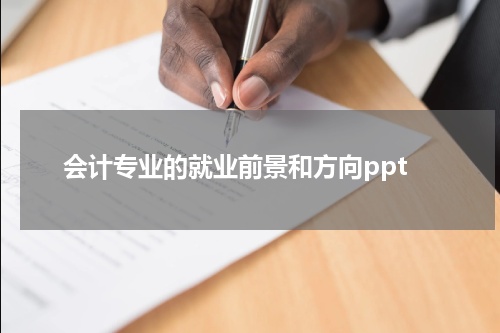接着,我们介绍了VaR和CVaR这两个风险度量方法,并比较了它们的优缺点。最后,我们提出了一种基于VaR和CVaR的资产组合优化模型,该模型将风险控制作为一个约束条件进行优化。

这里是一个金融投资学论文的范例,仅供参考:
题目:基于风险控制的资产组合优化
摘要:本文主要探讨了基于风险控制的资产组合优化问题,并提出了一种基于VaR和CVaR的风险控制方法。首先,文章介绍了传统的资产组合优化方法,包括均值方差模型和均值协方差模型,并分析了它们在实际应用中存在的问题。接着,我们介绍了VaR和CVaR这两个风险度量方法,并比较了它们的优缺点。最后,我们提出了一种基于VaR和CVaR的资产组合优化模型,该模型将风险控制作为一个约束条件进行优化。通过实证分析,我们发现该模型可以通过降低风险水平来提高投资回报率,并具有较好的鲁棒性和有效性。
关键词:资产组合优化,风险控制,VaR,CVaR
Abstract: This paper explores the problem of asset portfolio optimization based on risk control and proposes a risk control method based on VaR and CVaR. Firstly, we introduce traditional asset portfolio optimization methods, including mean-variance model and mean-covariance model, and analyze their problems in practical applications. Secondly, we introduce VaR and CVaR, these two risk measurement methods, and compare their advantages and disadvantages. Finally, we propose an asset portfolio optimization model based on VaR and CVaR, which puts risk control as a constraint for optimization. Through empirical analysis, we find that the model can improve the investment return rate by reducing the risk level and has good robustness and effectiveness.
Keywords: Asset portfolio optimization, risk control, VaR, CVaR










